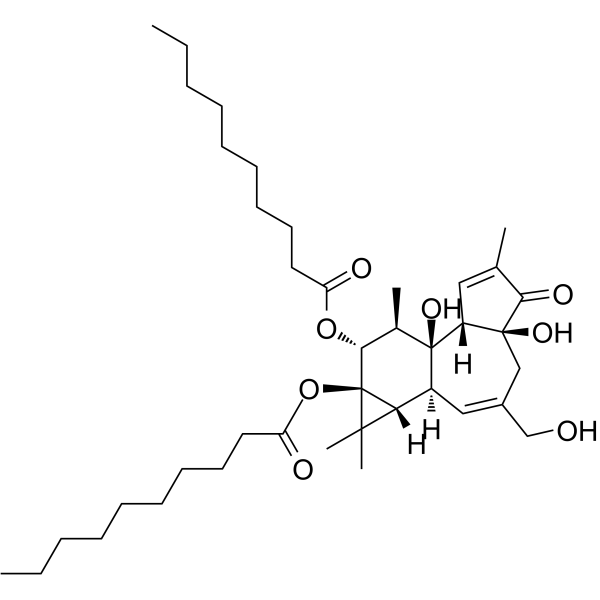Phenotypic heterogeneity in lung capillary and extra-alveolar endothelial cells. Increased extra-alveolar endothelial permeability is sufficient to decrease compliance.
Kevin Lowe, Diego Alvarez, Judy King, Troy Stevens
Index: J. Surg. Res. 143(1) , 70-7, (2007)
Full Text: HTML
Abstract
In acute respiratory distress syndrome, pulmonary vascular permeability increases, causing intravascular fluid and protein to move into the lung's interstitium. The classic model describing the formation of pulmonary edema suggests that fluid crossing the capillary endothelium is drawn by negative interstitial pressure into the potential space surrounding extra-alveolar vessels and, as interstitial pressure builds, is forced into the alveolar air space. However, the validity of this model is challenged by animal models of acute lung injury in which extra-alveolar vessels are more permeable than capillaries under a variety of conditions. In the current study, we sought to determine whether extravascular fluid accumulation can be produced because of increased permeability of either the capillary or extra-alveolar endothelium, and whether different pathophysiology results from such site-specific increases in permeability.We perfused isolated lungs with either the plant alkaloid thapsigargin, which increases extra-alveolar endothelial permeability, or with 4alpha-phorbol 12, 13-didecanoate, which increases capillary endothelial permeability.Both treatments produced equal increases in whole lung vascular permeability, but caused fluid accumulations in separate anatomical compartments. Light microscopy of isolated lungs showed that thapsigargin caused fluid cuffing of large vessels, while 4alpha-phorbol 12, 13-didecanoate caused alveolar flooding. Dynamic compliance was reduced in lungs with cuffing of large vessels, but not in lungs with alveolar flooding.Phenotypic differences between vascular segments resulted in site-specific increases in permeability, which have different pathophysiological outcomes. Our findings suggest that insults leading to acute respiratory distress syndrome may increase permeability in extra-alveolar or capillary vascular segments, resulting in different pathophysiological sequela.
Related Compounds
| Structure | Name/CAS No. | Molecular Formula | Articles |
|---|---|---|---|
 |
4alpha-PDD
CAS:27536-56-7 |
C40H64O8 |
|
Involvement of TRPV1 and TRPV4 channels in migration of rat ...
2012-09-01 [Pflugers Arch. 464(3) , 261-72, (2012)] |
|
Ca2+ entry via alpha1G and TRPV4 channels differentially reg...
2009-10-01 [Am. J. Physiol. Lung Cell. Mol. Physiol. 297(4) , L650-7, (2009)] |
|
Salt intake augments hypotensive effects of transient recept...
2009-02-01 [Hypertension 53(2) , 228-35, (2009)] |
|
Axonal neuropathy-associated TRPV4 regulates neurotrophic fa...
2012-02-17 [J. Biol. Chem. 287(8) , 6014-24, (2012)] |
|
Characterization of the antinociceptive and anti-inflammator...
2007-12-08 [Eur. J. Pharmacol. 576(1-3) , 171-9, (2007)] |